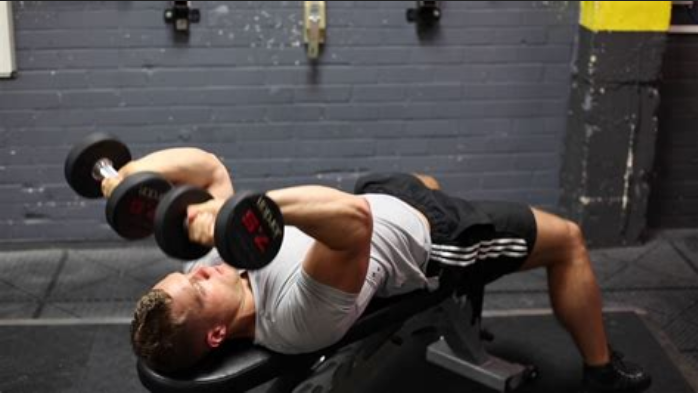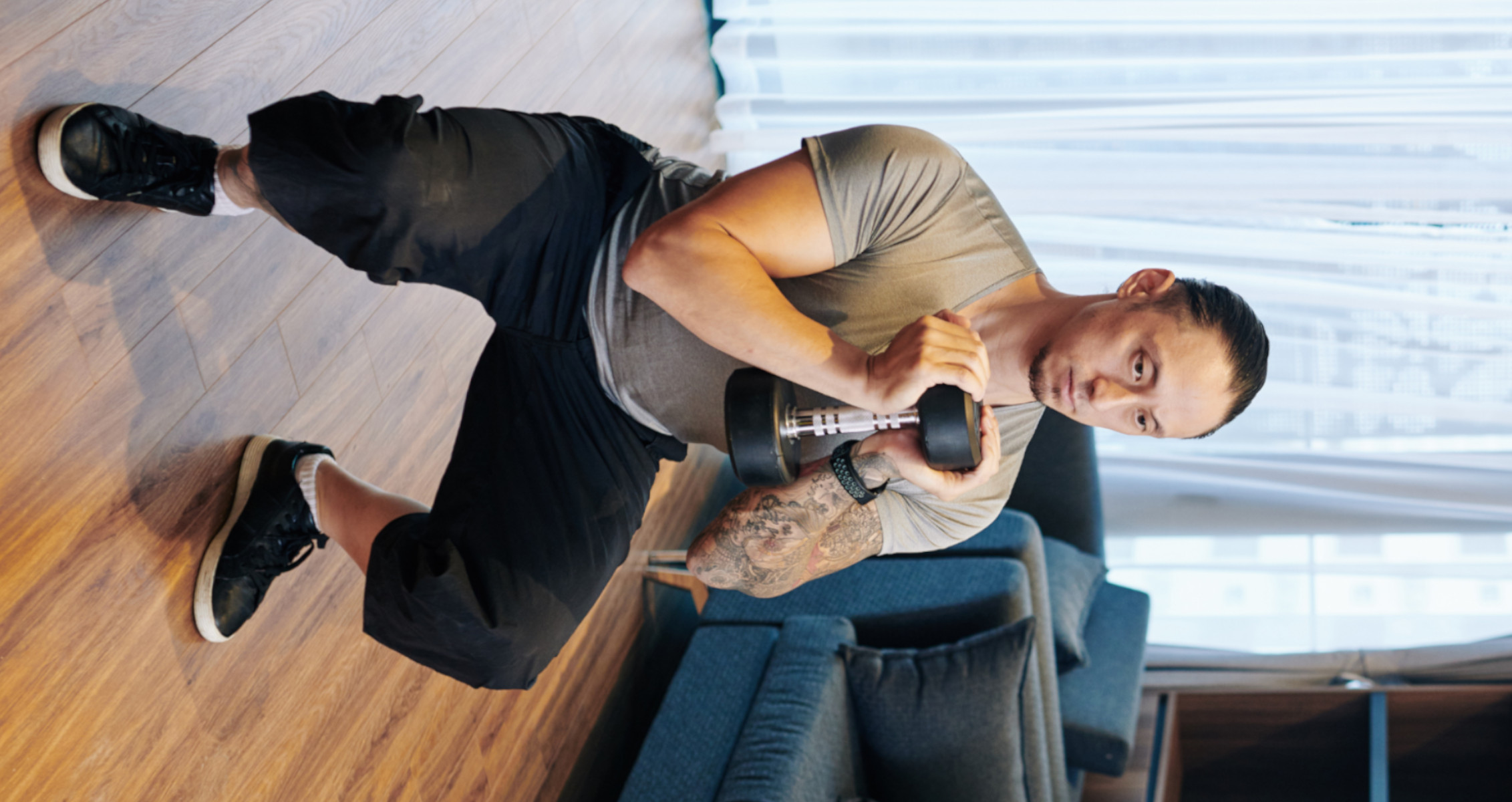Eight Best Dumbbell Exercises for Your Back
Unless you’ve herniated some discs in your lumbar spine in a car accident or violent sports collision, your back pain has little to do with injuries to the back.
It’s more likely because of our modern sedentary culture, which has us spending most of our time seated at desks, hunched over smartphones, and behind steering wheels. This produces tight hips, deactivated glutes, and an epidemic of back pain.
Studies show that postural awareness helps limit back pain. It’s also important to address posture and core strength in the weight room. Otherwise, we’re setting ourselves up for back pain, not only in the gym but by in everyday activities.
Assuming you’ve addressed those issues, we’re going to target the muscles that give us a broad, V-shaped back. Thankfully, we often can strengthen and stabilize our backs with quality weightlifting belts during the same workout – all with just dumbbells and a bench.
With this dumbbell workout, we’ll work through four sets of these eight moves in a circuit fashion, alternating between pushing and pulling movements, so we can produce maximum results with minimal time and equipment, resting only briefly between sets.
 Dumbbell Skull Crushers
Dumbbell Skull Crushers
What it does: Though best known as a triceps exercise, it also builds coordination between the tris and upper back.
How to do it: Lie supine on a bench and lower the dumbbells until your elbows are bent 90 degrees. Then pull back to starting position.
How many? 4 sets of 10 reps.
Dumbbell Incline Rows
What it does: With your chest down, it places more of an emphasis on moving from your shoulders, providing the intended benefit to the back and shoulders.
How to do it: Lie chest down on an adjustable bench set at a comfortable angle between 30 and 45 degrees. With a dumbbell in each hand, bring your shoulder blades back and together as you row the weights to your sides. Return to starting position.
How many? 4 sets of 10.
Romanian Deadlifts
What it does: Perhaps the most recognizable hamstring move, and for good reason; it’s effective in building the proper activation patterns in your hamstrings and glutes while also strengthening your back.
How to do it: Start with a light set of dumbbells. Form is especially key to getting the full benefit from the RDL; don’t think of the exercise as bending forward but rather as sitting back with your torso moving forward instead of staying upright.
How many? 4 sets of 10.
Dumbbell Upright Rows
What it does: It’s a simple, familiar yet effective compound movement that strengthens and stabilizes the upper back and shoulders while also challenging the triceps.
How to do it: Stand with feet hip-width apart, holding dumbbells palms down in front of your body. While keeping the shoulder blades back and chest up, raise dumbbells vertically, lifting elbows to the ceiling. Return to starting position.
How many? 4 sets of 10.
 Goblet Squats
Goblet Squats
What it does: A full-body maneuver that takes the pressure off your back, the goblet squat is more accessible than a traditional barbell squat. The counterbalance with the weight in front of the body allows you to sit back more easily, encouraging proper form.
How to do it: Hold a dumbbell with two hands against your chest as if preparing to drink from it – like a goblet. Squat by sitting the hips back and down, keeping your weight in the middle of your feet. Maintain contact between the kettlebell and your chest. The knees should touch the elbows. Extend powerfully through your hips.
How many? 4 sets of 10
Alternating Dumbbell Rows
What it does: It’s another simple yet challenging movement that stabilizes and strengthens the back.
How to do it: Like a Romanian Deadlift, begin by sitting back with your torso, bending forward at the hips. Row one dumbbell to your side. Lower it and repeat on the other side.
How many? 4 sets of 10.
Bent-Over Dumbbell Reverse Flyes
What it does: It hits your rhomboids, which support shoulder movement, open up the chest and help give you a broad back.
How to do it: Holding a dumbbell in each hand with feet shoulder-width apart, keep your back straight as you lean forward to become slightly bent over. Hold the weights together and then slowly bring them out to the sides. Keep the arms slightly bent and pull the elbows out behind. This is more of a back and shoulder move than a chest exercise.
How many? 4 sets of 10.
Dumbbell Renegade Rows
What it does: It’s a simple yet challenging move that hits the back, shoulders, triceps, and biceps.
How to do it: Start in the top position of a pushup with your hands on dumbbells shoulder-width apart. Row one dumbbell toward the side of your body while balancing on the opposite hand and feet. Pause for one second at the top and return the weight slowly to the start position. Repeat on the other side.
How many? 4 sets of 10.
Pete Williams is a NASM-CPT and the author or co-author of several fitness books, including Core Performance and Every Day is Game Day. His work has appeared in multiple publications such as Men’s Health, Men’s Journal, and USA Today.

 Dumbbell Skull Crushers
Dumbbell Skull Crushers Goblet
Goblet 






